WAR GRAVE
DAVID CHARLES MACNAB (grave 60)
FLIGHT SERGEANT
16 OPERATIONAL TRAINING UNIT
ABOUT MY LIFE
Born: 4th April 1921
Died: 16th May 1942
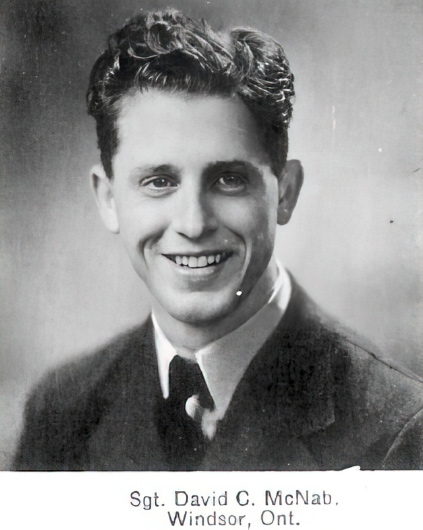
I was from Windsor, Ontario in Canada, where my father, Duncan MacNab, was a Detective Inspector and Chief of Detectives in the Windsor Police Department. Before the war, I worked as a Bottle Washer and Usher for the Capitol Theatre in Windsor before gaining employment as a Stockman for the Ford Motor Company. I joined the Royal Canadian air Force on 6th January 1941, initially training as a pilot. I did not make it all the way through this course, so went on to train as an observer.
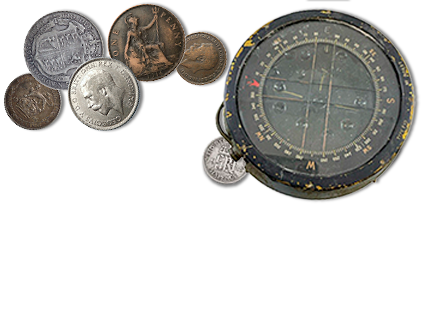
MY AIRCRAFT
The Hampden was a medium bomber with a crew of 4. Pilot, Navigator, Wireless Operator/gunner and a further gunner. Although it was a vast improvement on the biplanes 49 Squadron had been flying just before the war opened, in reality it was already obsolete. Early daylight raids had been a disaster, the bomber was too slow to evade German fighters and its guns were no match for the Germans either. The distinctive fuselage, designed to give the aircraft a sleek, aerodynamic profile, led to the Hampden earning its nickname of “The Flying suitcase”.
Crew: 4
Span: 21.09 m
Length: 16.32 m
Height: 4.37 m
Wing area: 63.90 m²
Empty weight: 5,344 kg
Loaded weight: 8,508 kg
Engine: 2 x Bristol Pegasus XVIII 9-cylinder radial engines
Engine power: 980hp each
Maximum speed: 410 km/h
Rate of climb: 5.00 m/s
Range normal: 1,095 km
4 or 6 x 7.7mm Vickers K machine guns (1 flexible, 1 nose, 1 or 2 dorsal, 1 or 2 ventral)
1,814kg of bombs/mines or 1 x 18in torpedo
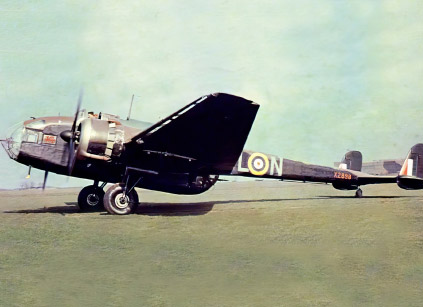
MY ROLE
I was the Air Observer on this aircraft, which was the term used for a navigator in the early years of the war. My responsibility was to plot a course to and from the target and then ensure we stayed on that course.
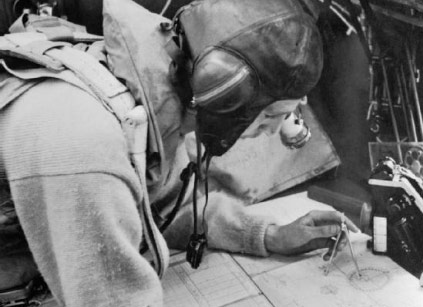
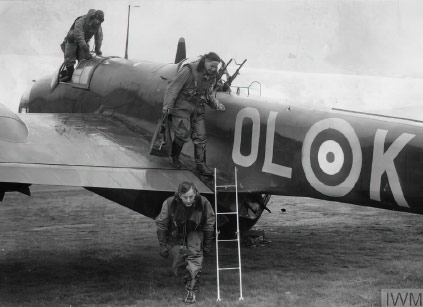
MY SQUADRON
16 Operational Training Unit was formed at RAF Upper Heyford 8th April 1940 to train night bomber crews. The unit was equipped with Handley Page Hampden medium bombers.
The unit later flew the Vickers Wellington and De Havilland Mosquito, before disbanding in 1947.
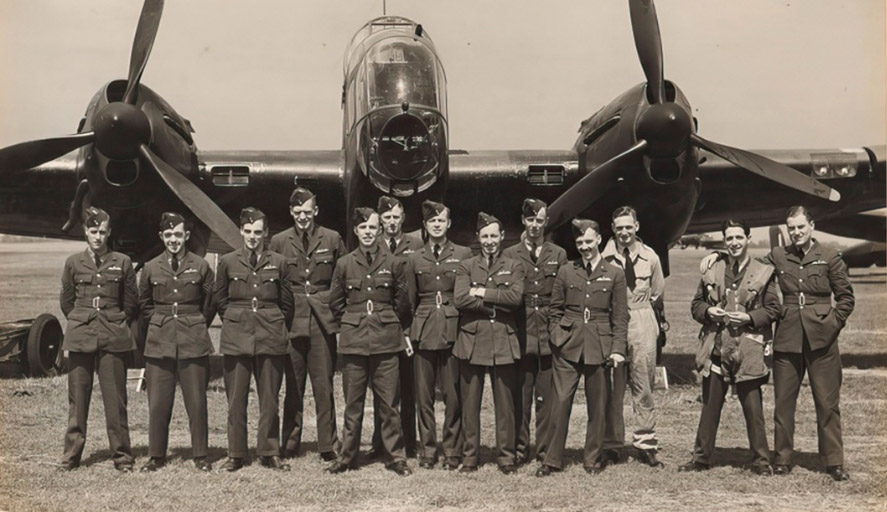
16 OTU Pilots in front of their Hampden.
THE ACCIDENT
To a newly qualified pilot, such as ours, flying on instruments in the dark could be an extremely daunting prospect. But for my pilot, this seems to have been a particular problem, as shortly before this accident he had been to see the Station Commander expressing doubts in his own ability to fly at night. The Station Commander reassured him that there was no reason to be troubled and that he should continue with his night flying training.
We had taken off from RAF Upwood on a routine night training sortie. At 4000ft, we encountered cloud and decided to climb through it, to get to the clear skies above. Whilst still in cloud, passing 10’000ft, control of the aircraft was lost and the aircraft entered a spin. One of the gunners managed to escape the aircraft and survived, but the rest of the crew could not overcome the massive forces being exerted upon them by the spinning aircraft. Hampden P2120 crashed near Saxilby in Lincolnshire, killing the 3 remaining crew, who are all buried at Scampton.
ON THIS DAY IN WORLD WAR TWO – 16TH MAY 1942
Crimia USSR, German forces capture Kerch from the Russians.
The Sobibor Extermination Camp in Poland became operational.
